In this town, if you haven’t had an acupuncture appointment, massage, energy-healing session or herbal consultation, it’s more than likely you know someone who has. Modalities that were once thought of as hokey, or at least incompatible with the Western medical model, are becoming less alternative and more mainstream — so much so that Mission Hospital, Park Ridge Health and CarePartners all have integrative health offerings ranging from music therapy to guided imagery to tai chi.
Whether it be hospice patients receiving aromatherapy to soothe their agitation or cancer patients following up a chemotherapy session with an acupuncture session for pain relief, these therapies and more are now integrated into the traditional treatment programs. And, according to therapists interviewed by Xpress, the patient response has been overwhelmingly positive. If the integrative health programs at area hospitals have taught providers and patients anything, it might be that there are multiple ways to heal — and that those modalities work better when they work together.
A holistic view of cancer care
Shirley Ballantyne, holistic resource nurse in the Integrative Healthcare Cancer Program at Mission, says she “sees miracles every day.” She recalls one patient who had not responded well to her first round of chemotherapy. After talking with the patient, it became clear that the patient regarded chemotherapy as something that was poisoning her body. And sure enough, says Ballantyne, “her body was reacting like it was a poison.”
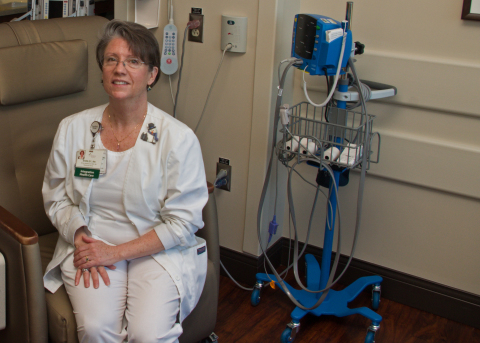
“So what we did is, we really worked with her through guided imagery on changing her perspective, where [chemo] wasn’t a poison,” Ballantyne says. “She would actually hold her chemotherapy bag and, through imagery, tell herself: ‘This [treatment] isn’t going to harm me, and it’s going to go directly to the cancer cells, and it’s going to pass through my body in a more gentle way.’ … She had an incredible response and is continuing to do very well.”
Not only did the guided imagery allow the patient’s body to relax and respond better to treatment, says Ballantyne, but it also empowered her. “It gave her something to work with herself. Instead of lying there and taking the chemotherapy, she was more active with her healing process.”
In addition to guided imagery, cancer patients also have free access to breathing techniques, healing touch, massage therapy and aromatherapy. Acupuncture is also offered through wellness services. These evidence-based integrative methods largely have the end goals of decreasing pain, nausea and, perhaps most of all, stress. All of these outcomes have real results when it comes to whether a patient gets better.
Linda Silwedel, also a holistic resource nurse in the cancer program, explains it this way: “When the body is focused on stress, it doesn’t heal itself as effectively. So what we try to do is give patients even just a short window where they can become relaxed and actually focus on something that feels good — mentally, physically, emotionally, all these things. And the body follows the mind. It comes back to that nice, wonderful relaxed state, and that allows the body to heal more effectively and work with the cancer treatment plan so much better.
“It’s a huge added bonus for them when they have to come get this treatment that doesn’t feel good,” says Silwedel. But she adds that the benefits of integrative care move beyond a feel-good massage. “Most of our patients have said the words to us, ‘You have helped me get through my treatment. Knowing that I can come see you once a week or twice a week. Knowing that I can have a foot massage, or come relax and receive healing touch, I come for that,’” she says. “I can’t tell you how many women have said that down in radiation therapy.”
The integrative health program at Mission is in its third year and, according to Silwedel and Ballantyne, reflects the more inclusive view of health held by the administration at Mission as well as by other providers.
“It incorporates not only what Mission has to offer as far as up-to-date technology and cancer care, but it also allows patients to be more active in their own treatment,” says Ballantyne. “It’s holistic. We’re looking at the whole person, and Mission embraces that. We’re not just looking at medicines and surgeries.”
The sound of music therapy at CarePartners
Some patients with dementia, who are unable to recall basic memories, will often be able to recognize and even sing along with a favorite song. That glimmer of recognition, says Jay Brown, music therapist with CarePartners hospice care, is healing for both the patient and the family. “We often see loved ones tear up when they see the patient start to sing along because they haven’t seen anything like that in so long,” says Brown.
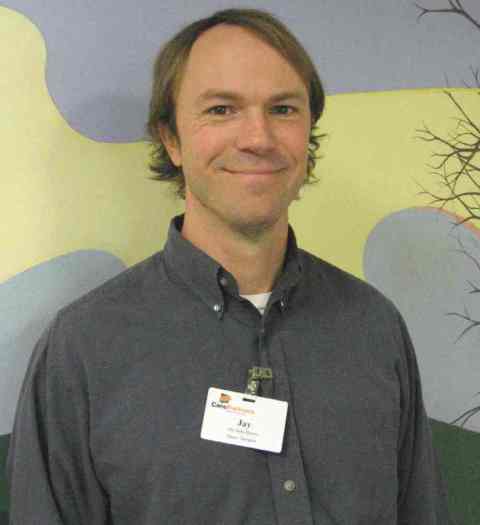
At CarePartners’ Solace Center, inpatient hospice patients have access to music therapy provided by volunteers every weekday. But for the most part, Brown visits outpatient clients in their homes. Some listen to Brown as he plays their favorite songs on his guitar. Others are able to join in.
“I have a client who is a bluegrass musician. He has dementia, but he knows all the old country songs,” says Brown. “I’ll give him a guitar and tune it in open tuning, and he’ll strum along and sing these old songs, and we just have a great time. He has a blast and looks forward to it every week.”
Brown has been a gigging musician for years and started volunteering as a music therapist to mix things up. Eventually, he obtained certification in music therapy from Appalachian State University.
“I think, in general, music is healing to all of humanity,” says Brown. “I think that’s the gift of music. But for people who have had a really long, deep relationship with music throughout their life, it’s just extremely healing. It’s crucial that they have that. It has been a big part of their life, and at the end of their life, it might be the most important.”
While many of his client interactions can be cheerful, working in hospice means working closely with death, and the sessions that approach that reality can also be the most profound.
“I had a recent case where my first visit with this person was also my last,” recalls Brown. “When I arrived, the person was in the dying process and his family was there — his mother, father and brother were in the room, grieving. And his mother asked me to play certain songs that she knew that he would love, like old country, folk, gospel.
“So I was singing these old country songs, and I was just trying to sing from my heart for this guy. They noticed that his breathing changed. He became more calm, and eventually his mother asked me to play ‘How Great Thou Art,’ because she said that was his favorite hymn. So I sang that, and in the middle of that song, he quit breathing and just slipped away so peacefully, which is what everyone wanted. So for the family it was really profound, and it made letting go so much easier.”
The sweet scents of aromatherapy
Lynnora Bierce has been an administrative assistant at CarePartners for nearly eight years and a driving force for the aromatherapy program there. While it may be unpleasant to think about, odor is a constant issue in healthcare. In the past, says Bierce, the staff was using a range of chemicals to combat odor, and it wasn’t working well.
“At one point, we as a group decided that we wanted to do something different. So I started to use more lavenders and different things that we found at the health food store,” she says. “I kept reading more and more about aromatherapy in hospice and said, ‘Wait a minute, maybe there are some things we could look at that benefit the patients,’ and that’s when I started to get more education [in aromatherapy]. The outcomes continue to amaze me.”
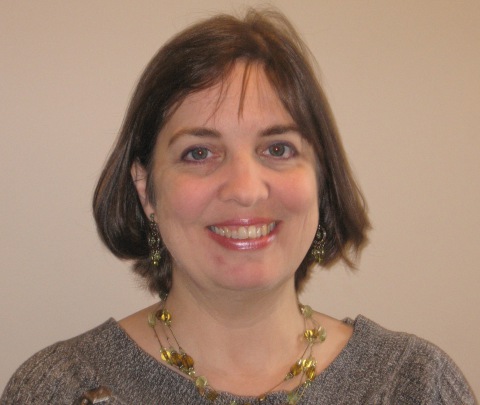
Bierce says there was some doubt and resistance from providers at first, but these days, staff members are empowered to use aromatherapy on their own — sometimes even for their own ailments, like headaches. “They’ll ask for lavender because they know that it’s calming,” she says. “We have one called ‘frankinlemon’ that is frankincense and lemon and bergamot that is used for odor control, which is in and of itself a comfort measure for patients and their families. … If they can be in the room without having smell discomfort, it helps people to be closer.”
While odor control was the initial reason for the aromatherapy, and continues to be an important and effective measure, the scents are also used to treat a range of common issues. For instance, mint is used for nausea, lavender for soothing, ylang-ylang for blood pressure regulation, and a combination of myrrh, frankincense and cypress for end-of-life transitions. Lemon is used to bring in a more cheerful energy, and sweet orange is said to bring sweet dreams.
Bierce says that aromatherapy is just as much chemistry as it is art. She recalls an instance where an otherwise mild-mannered elderly woman became very combative and agitated, a condition not uncommon at the end of one’s life.
“She couldn’t smell because she wasn’t pulling air through her nose; she was pulling air through her throat,” she says. “So I remembered that I had the [aromatherapy] cream and I put it on her hands and I just rubbed her hands, and she found that comforting, and she just calmed down. … You get the benefit of the aromatherapy even if you can’t smell it, because of the chemistry.”
Bierce recalls another case where aromatherapy was as soothing for the patient as it was for the providers. The patient in this case was a week-old baby who had no way to digest food.
“We all had so much emotion about being in the room with her that my boss asked if we could have something in there for us and for her that would be safe for both of us,” she remembers. After she put the aromatherapy blend in the room, she says, “We were giving her more cheerful love even though she didn’t last for very long. … It’s nice to turn something sad into something more positive. That’s a lot of what we do here anyway.”
Finding balance with Tai Chi
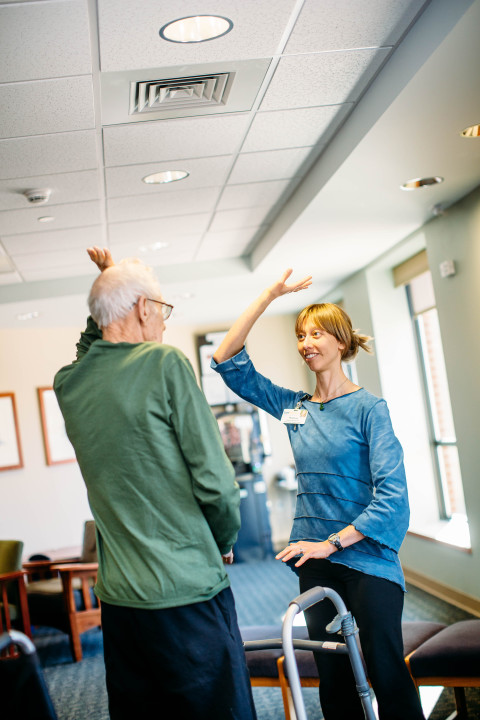
Roy Fortner laughs as he karate chops the air during his tai chi session with physical therapist Shannon Seymour. Before being introduced to the slow-moving Chinese martial art practice at CarePartners, he said he had only seen anything like it on televison. Now, he says, he enjoys his sessions and feels more relaxed afterward.
Seymour has a background in neuroscience and behavioral science but took tai chi classes at Mission to obtain continuing education credits. Since that time, she has seen the benefits of tai chi for herself and her patients and now offers standing classes one-on-one and collaborates with another physical therapist to teach seated tai chi classes.
“It’s balance,” says Seymour of the benefits tai chi can offer. Improved balance means less instances of falls — a big reason elderly people have to return to the hospital.
“I’ve had patients come to me after we’ve done a session and say, ‘Wow, I didn’t know that I could do those things. I didn’t know that I could balance as well as I did.’ Because tai chi is so symmetrical, and because if you move in one direction, another part of your body moves in another direction, you have all these challenges for balance. I have patients tell me that they feel relaxed afterwards, patients saying that they sleep better [with] improved mood, reduced pain.”
Even if patients can’t move one side of their body, which is common in those who have suffered a stroke, patients can visualize moving that side of their body, and that visualization helps them be able to reintegrate that part of their body, she says.
Some patients, including many who are local to Asheville, are thrilled to see tai chi offered because they have taken classes in the community, says Seymour. Others may not be as receptive. Even in cases where patients aren’t excited about the idea of tai chi, she will often work the moves into her traditional physical therapy sessions. “The benefit is there,” she says, whether she calls it tai chi or not.
Embracing acupuncture
Licensed acupuncturist Christian Jacobs mostly gets referrals from doctors for pain relief, muscle tightness and stress. However, he also treats headaches, jaw problems, back and neck pain, sciatica, repetitive motion injuries, fibromyalgia, neuropathy, gastrointestinal issues and arthritis, to name a few conditions. “Most of the pain that acupuncture tends to be helpful with is pain that is difficult to treat,” he explains. “It doesn’t go away with drugs.
“I’ve had a few patients come in with shoulder pain and tightness, people with pain conditions [like neuropathy] and muscle tightness, often due to stress. After one treatment, they’ve noticed decrease in muscle tension, and the muscles that are tight will let go. They will tend to feel more relaxed, more calm.”
One of those patients is Alan Hudson, who’s also an employee of Mission Health. Hudson had not received acupuncture treatments before but was intrigued by a friend’s experience with weight loss through acupuncture as well as pain and stress relief.
“During the treatment, I could feel a sensation at each needle site but it wasn’t unpleasant,” says Hudson. “I went for a 4- or 5-mile run the next day with a lot of hills in the route, and my ankles felt great. And they still do a month later.”
Hudson also noticed a significant change in his mood, which, he says, is often affected by seasonal shifts. “I feel energized and upbeat. I don’t feel beaten down by how gloomy it was the whole first week of the new year. And most importantly, I haven’t been overeating because of the gloomy weather.”
Jacobs, a graduate of local acupuncture school Daoist Traditions, is currently operating out of the cancer center, but there is a new facility being renovated that will be ready by spring.
“Some people are surprised, and some people expect it,” says Jacobs of offering acupuncture in the hospital setting. “Asheville is in some ways a major center of alternative medicine, and I think a lot of people are excited that acupuncture is being received by the larger medical community.”
Jacobs, too, can appreciate the bigger picture of integrative care. “Mission, by incorporating acupuncture, massage and these other modalities, it’s really pushing the cutting edge in offering health to the community. Obviously they are the biggest medical providers in town, so for them to tap me and some others to serve, it’s awesome.”


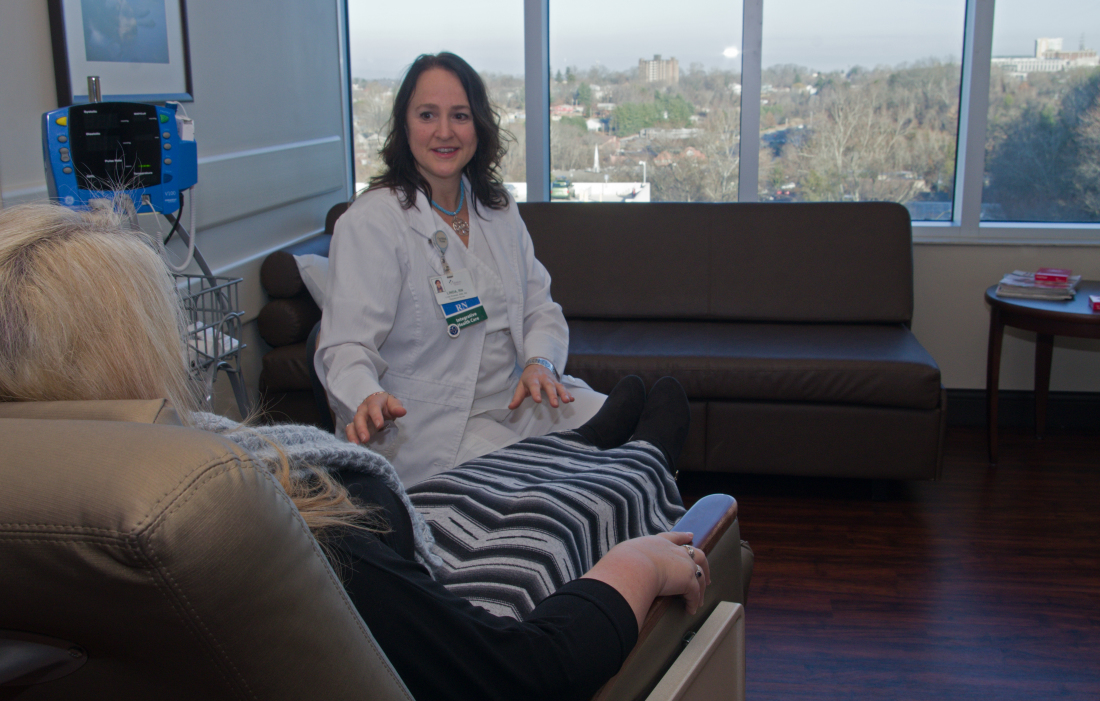
As a community chiropractor Toronto it was a real treat to read your post presenting a patient’s side of the story